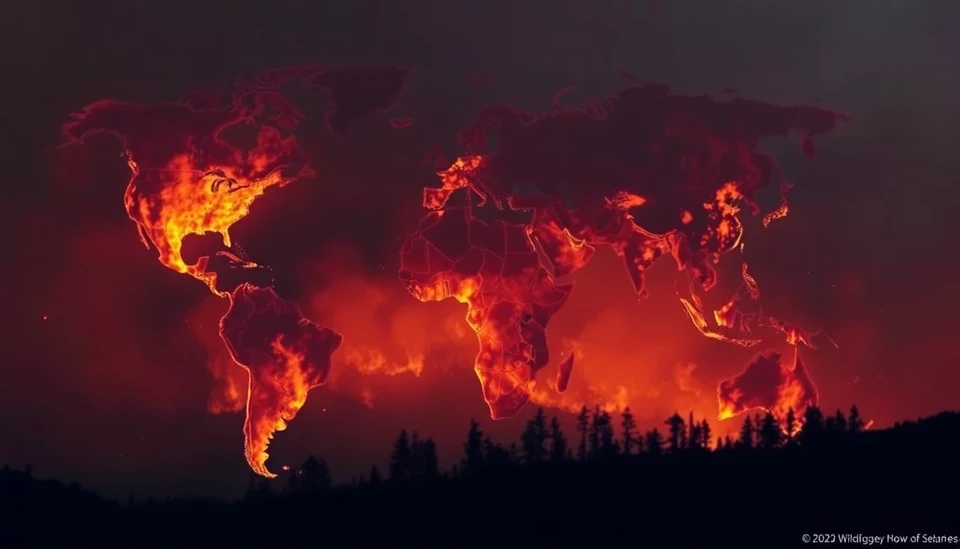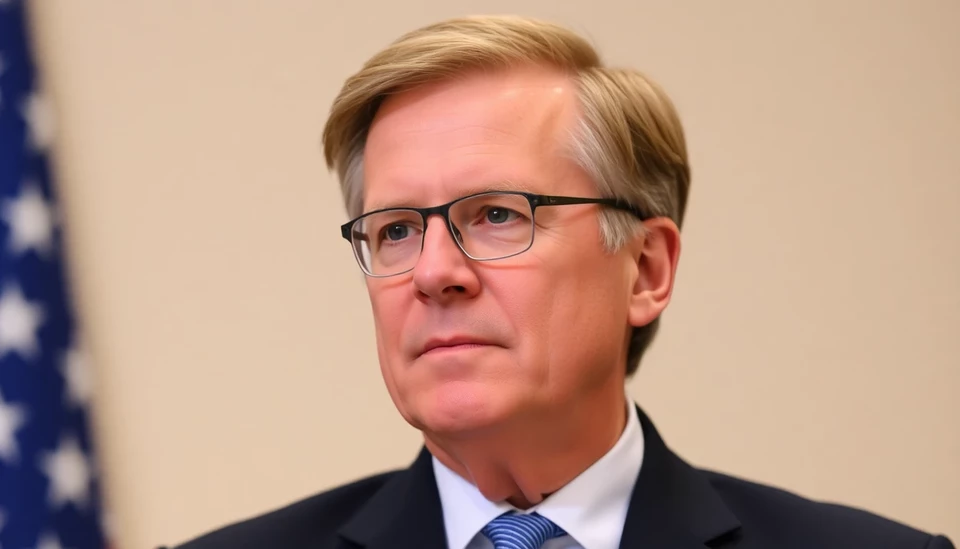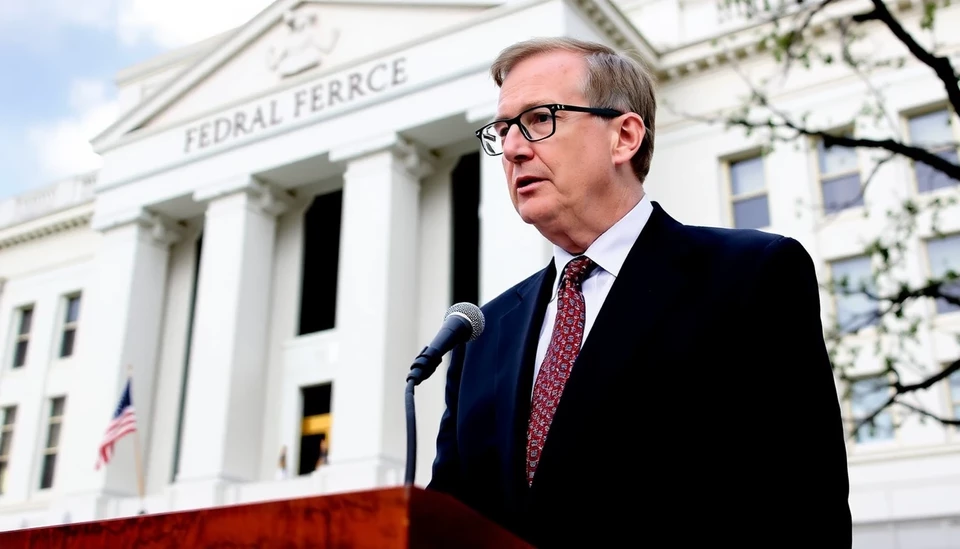
This January, wildfires in the Los Angeles area are presenting a considerable challenge to local and international firefighting resources, marking a pivotal moment in the ongoing battle against increasingly fierce wildfire seasons. The simultaneous occurrence of multiple significant fire events has raised alarms about the effectiveness and availability of firefighting assets worldwide, as the escalation in the frequency and intensity of wildfires continues to test the limits of current firefighting strategies.
As the fire season unfolds, authorities and firefighting teams are grappling with the ramifications of overlapping wildfire incidents not just in California, but also in other regions prone to similar blazes. It is a reality that underscores the complexities of climate change, which has exacerbated fire conditions and environmental elements that contribute to the spread of wildfires. High temperatures, prolonged droughts, and unexplained weather patterns are stimulating wildfires to ignite and proliferate at unprecedented rates.
The California wildfires have ignited a sense of urgency among state officials and fire management agencies, who are mobilizing resources from various jurisdictions, even reaching out to international firefighting teams. Concurrent fires in Australia, Canada, and Europe are draining resources further, complicating the already precarious situation. Firefighting teams are required to stretch their capabilities, ensuring that they can respond swiftly and effectively to these growing threats.
This year, the evident crossover of wildfire incidents has ignited discussions surrounding the need for improved coordination and resource sharing among global firefighting units. Governments are exploring collaborative strategies that would enable them to better confront these flames as well as carry out preparations for future seasons that appear increasingly daunting. The emphasis is on creating international frameworks that address resource shortages and operational challenges posed by widespread fire threats.
Furthermore, with the convergence of wildfires in various regions, there has been a call for investment in cutting-edge firefighting technology, training, and manpower to bolster efficacy. As states and nations navigate these pressing needs, there are growing discussions about innovations in aerial firefighting systems, drone technology for surveillance, and advanced predictive modeling techniques which could enhance firefighting capabilities and minimize response time.
As the world watches and learns from the current firefighting efforts in Los Angeles, the hope is that a comprehensive global approach will emerge—one that not only enhances immediate response capabilities but also addresses the underlying factors contributing to the rising incidents of wildfires. With a new normal on the horizon defined by climatic extremities, it is crucial for communities to come together and pave the way towards a more sustainable and safer future regarding environmental management and wildfire preparedness.
The battle against wildfires is now collective; it necessitates collaboration and a reevaluation of how resources are allocated globally. Whether it’s legislative support for funding crucial firefighting resources, or encouraging community preparedness and resilience strategies, the goal is clear: to protect life and property in the face of a fire season that threatens to engulf regions around the planet.
As the situation continues to evolve, ongoing assessments will be essential in identifying what works and what doesn’t, so that the global firefighting community is better prepared for the seasons to come. The stakes have never been higher, and the attention must shift towards joint action and innovative solutions aimed at combating the growing crisis of wildfires.
#Wildfire2025 #Firefighting #GlobalResponse #ClimateChange #LosAngelesFires #WildfireSeason #FireManagement #CommunityPreparedness #Sustainability
Author: Peter Collins




